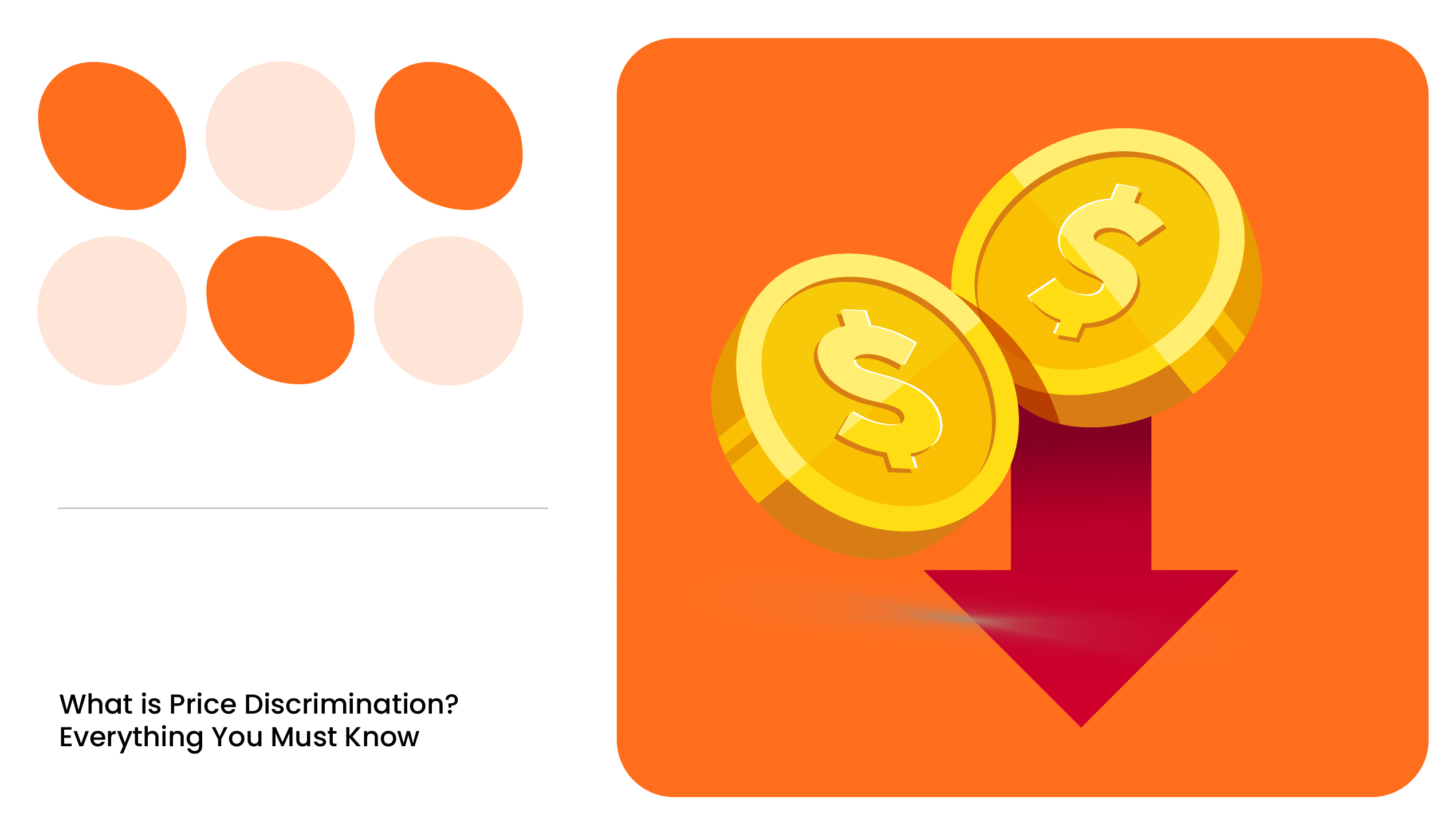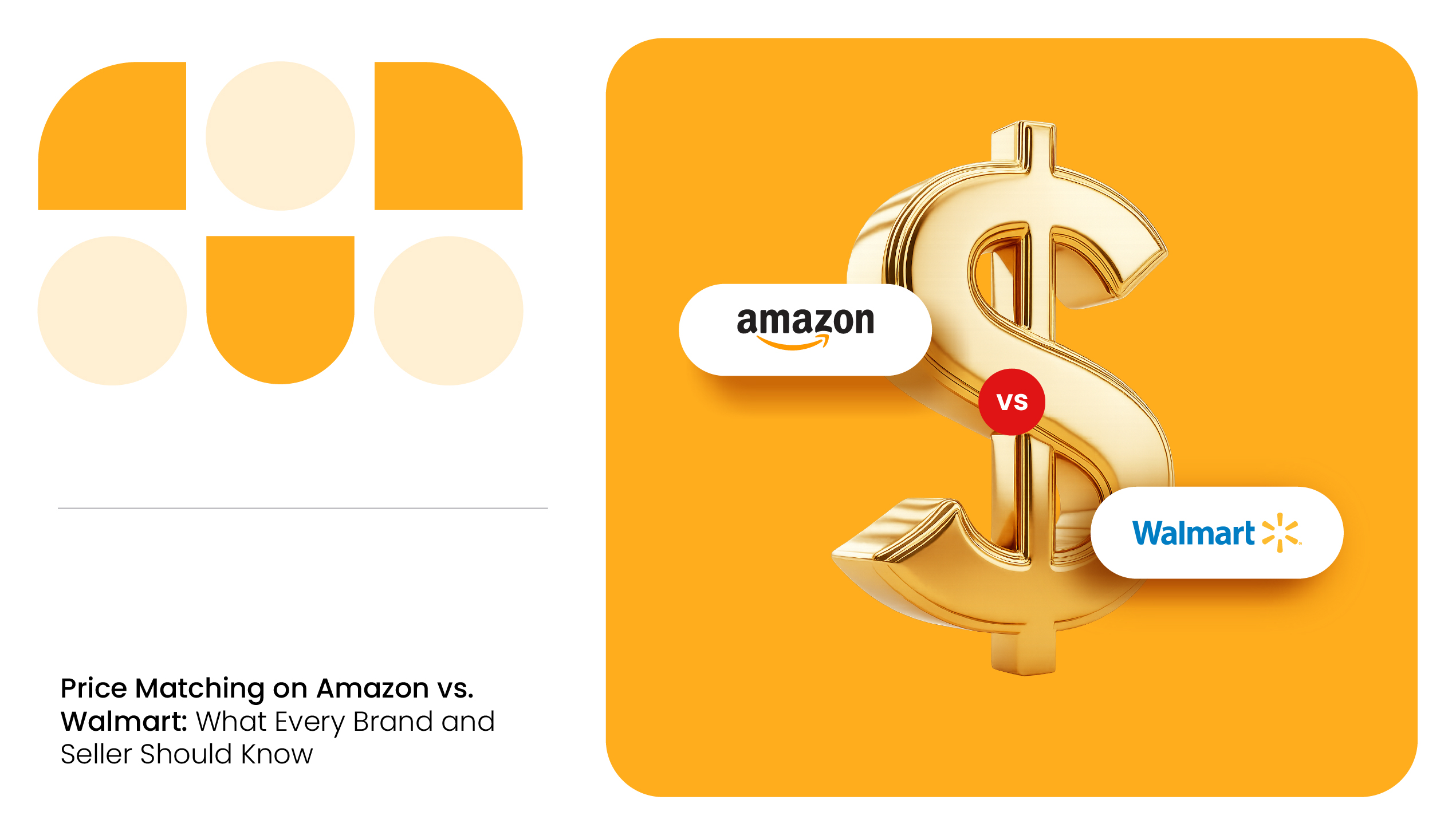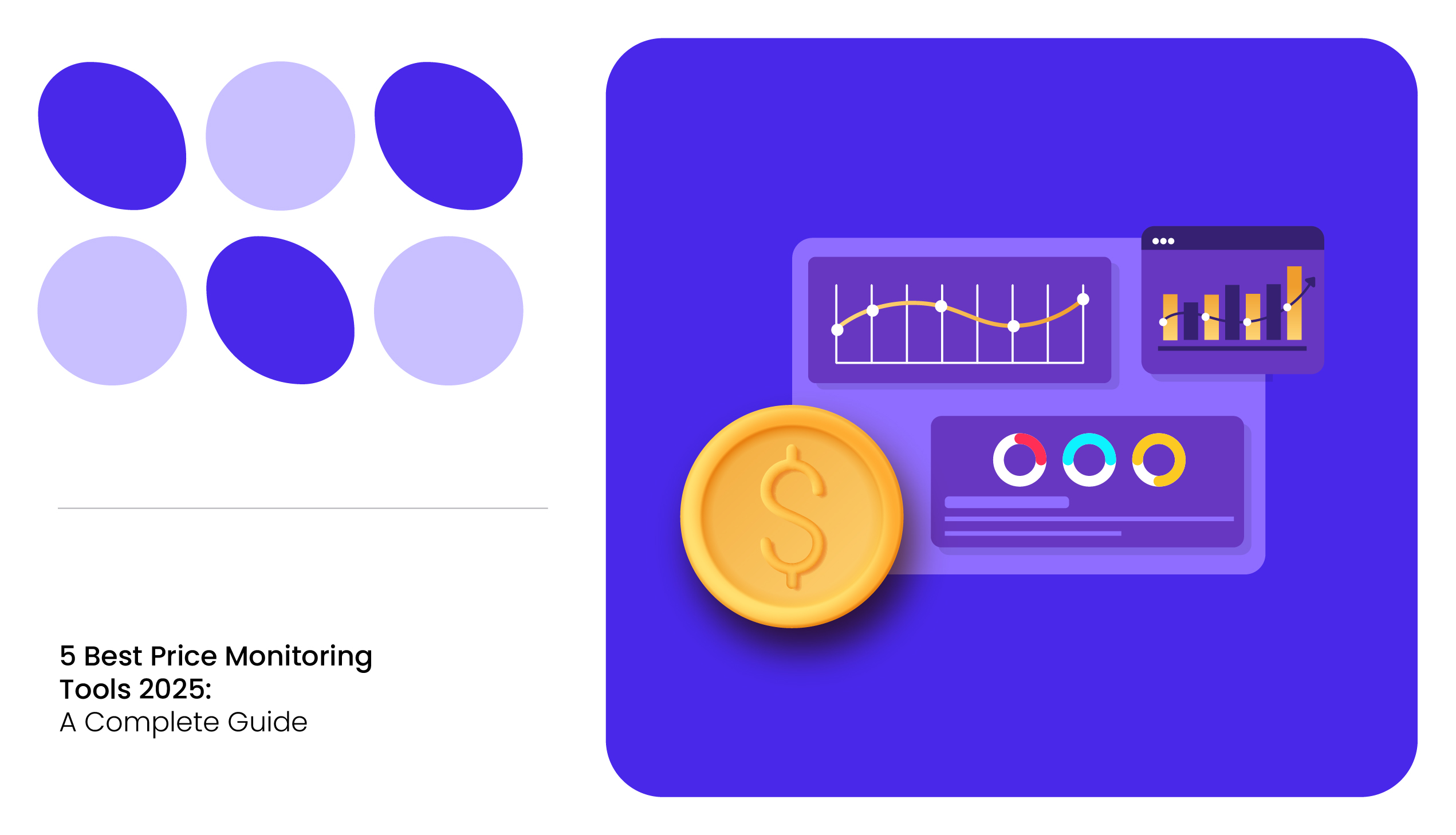Studies reveal that 1 in every five e-commerce businesses uses dynamic pricing.
Fixed prices are a thing of the past for brick-to-motor stores and e-commerce platforms. Customers can easily compare prices of products online and choose the one that offers the maximum value for money.
Therefore, adopting dynamic pricing in e-commerce is vital to stay competitive and relevant.
What is Dynamic Pricing?
Dynamic pricing is the process of adjusting the prices of products in real time based on various internal and external factors and changes in consumer behaviors. These factors include:
- Demand and supply
- Competition
- Market conditions
- Customer expectations
- Client behavior
It is also known as real-time pricing or demand-based pricing. To implement dynamic pricing in e-commerce, retailers leverage advanced technology like Machine Learning and price algorithms. As a result, different customers might receive varied prices for the same product.
It brings up another important question: Is dynamic pricing legal?
Yes, dynamic pricing in e-commerce is legal as long as the businesses do not engage in price fixing. However, dynamic pricing is illegal in the US if it violates antitrust laws under the Robinson-Patman Act.
Examples of Dynamic Pricing
Numerous e-commerce platforms use dynamic pricing to enhance profit margins. Here are a few examples:

According to McKinsey, Amazon has long been a leader in dynamic pricing in e-commerce; the company reprices millions of items as frequently as every few minutes.
They monitor various factors in real-time, such as market trends, competitor pricing, consumer habits, etc., and set the product price to maximize profits. As a result, they change their pricing constantly to remain competitive and increase sales.

Walmart encourages both private-label brands and third-party sellers to adopt dynamic pricing methods. For this, they recommend using a price monitoring tool to optimize the prices of their products automatically.

Mediamarkt is a German multinational consumer electronics store. They offer product bundles, flash sales, and seasonal promotions like Black Friday, Cyber Monday, etc., to attract customers and enhance their shopping experience.
In addition, they also provide personalized discounts based on their shopping cart, previous purchases, etc., to retain their customers and maximize revenue.
Importance of Dynamic Pricing in E-Commerce
Enlisted below are some of the key benefits of dynamic pricing in e-commerce:
- Enables retailers to set the right product prices by consistently monitoring competitor price changes and inventory levels, maximizing revenue.
- Boost customer loyalty and retention by providing personalized offers, discounts, and incentives based on their behavior and preferences.
- Helps brands to quickly adapt to changing market conditions, thereby maintaining the competitive advantage and sales margins
- Manages inventory efficiently by increasing prices when stock is low and decreasing them when there is excess inventory.
Strategies to Implement Dynamic Pricing in E-Commerce
Implementing a dynamic pricing strategy takes time and effort. It is a long process that covers several crucial steps, from planning to implementation and ongoing monitoring.
Determine the SKUs to be Repriced Dynamically
Businesses should first define the objectives and goals that they want to achieve and implement dynamic pricing effectively. It can be to improve the profit margins, clear out the inventory, or maintain a competitive edge.
In addition, they must analyze data such as market trends, customer behavior, historical sales data, etc. Based on this, businesses can determine the products suitable for a dynamic pricing model. It can be an entire category, a specific product type, or the whole assortment.
Track Competitors’ Prices
The next step in adopting a dynamic pricing strategy is to monitor competitor pricing strategies. For this, retailers can leverage price monitoring software to track and analyze their prices, promotional activity, product stock, etc., to adjust pricing accordingly.
READ MORE | Want to monitor competitor prices on Amazon? Check out our Amazon Price Tracker You Need in 2024: A Seller’s Guide
Select the Dynamic Pricing Type
According to business requirements, retailers can leverage one or a combination of different dynamic pricing types like time-based pricing, peak pricing, bundle pricing, etc. It depends on factors such as season, stock availability, competitor pricing, and more.
For instance, brands can adopt peak pricing and increase product prices when the competitors are out of stock. Similarly, they can offer a buy-2-get-1 package to encourage customers to buy more than one item of the same product.
Implement Pricing Rules For SKUs
It is also important to establish proper rules and regulations regarding the dynamic pricing strategy. This includes setting up a Minimum Advertised Price (MAP) policy, price change frequency, conditions and parameters for price adjustments, etc.
This will ensure that prices are not adjusted too drastically and are not sold at a lesser price, resulting in lowered profits and revenue.
Reassess Pricing And Optimize Them Regularly
Once an e-commerce dynamic pricing strategy is adopted, regular reviewing and updating depending on the changing conditions is crucial. For this, they need to monitor:
- Market trends and fluctuations
- Customer reviews and feedback
- Competitor activities
This will enable them to keep the dynamic pricing competitive and profitable.
Final Thoughts
Dynamic pricing is becoming the need of the hour in e-commerce to stay ahead of the competition and drive profitability. It will enable brands and e-commerce platforms to adjust and adapt their pricing strategies consistently based on the changing demand.
If you are a brand that wants to dominate the e-commerce market via dynamic pricing, you need an advanced price monitoring solution. It will help you track real-time price changes and make data-driven decisions.
Contact us now to transform your pricing strategy!







